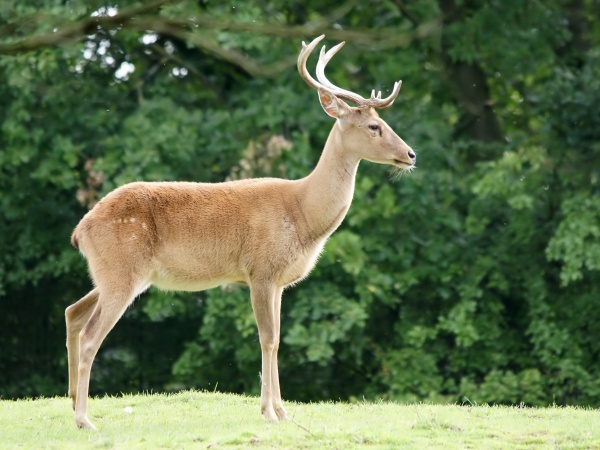Facts About Eld's deer
Eld's deer, also known as the thamin or brow-antlered deer, is an endangered species indigenous to South Asia. First documented in Manipur, India, in 1839, this graceful deer was named in honor of Lt. Percy Eld, a British officer. There are three recognized subspecies: Panolia eldii eldi, P. e. thamin, and P. e. siamensis.
Renowned for their stately and elegant appearance, Eld's deer possess distinctive antlers that are shed annually. They exhibit variations in head-to-body length, shoulder height, weight, and antler dimensions.
Conservation efforts for Eld's deer vary among countries. In India, Keibul Lamjao National Park was established to protect the sangai subspecies. In Myanmar, sanctuaries such as Chatthin Wildlife Sanctuary and Alaungdaw Kathapa National Park aim to safeguard the thamin subspecies.
Unfortunately, Eld's deer are endangered and face multiple threats, including hunting, habitat loss, and inadequate funding for protection. The primary factor contributing to their population decline is hunting. Their gestation periods, breeding behaviors, and population numbers differ among the subspecies, both in the wild and in captivity.
Each subspecies possesses unique adaptations and occupies distinct habitats. Eld's deer are active and undertake seasonal migrations in search of food and water. They are significantly threatened by hunting, habitat loss due to development, and limited protection within fragmented habitats.
To preserve Eld's deer, various initiatives have been implemented, including captive breeding programs and conservation efforts in national parks and sanctuaries. Given their endangered status, urgent conservation measures are crucial to prevent further decline and to maintain their genetic diversity.

 Vietnam
Vietnam